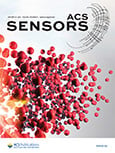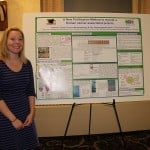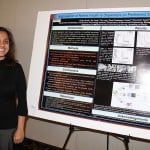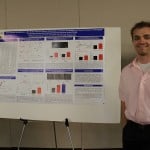
Kathryn Perrine joins the Department of Chemistry as an assistant professor. Before joining Michigan Tech, Perrine was at the Joint Center for Artificial Photosynthesis at the California Institute of Technology. Perrine earned her PhD in Chemistry from the University of Delaware and her Bachelor of Science in Chemistry from the University of South Carolina.
She belongs to the American Vacuum Society and the American Chemical Society. Her research interests include reactions on metal and functionalized surfaces to control the growth of molecular architectures; growth, properties and reactions on heterogeneous structures for energy analysis; and liquid/solid and gas/solid interfacial chemistry using surface analysis.






